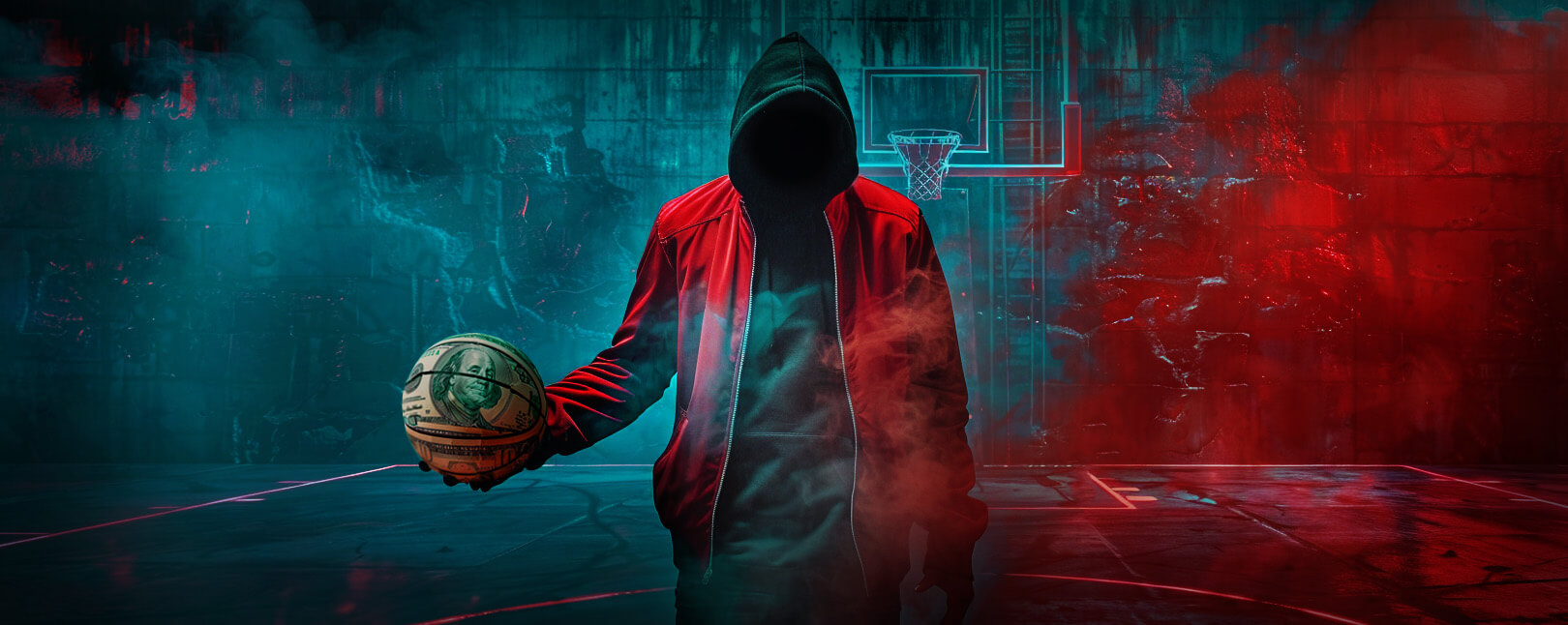Defining & Detecting Second-Party Fraud: How to Stop Second-Party Scammers
First- and third-party fraud are both pretty straightforward concepts. In the former case, the valid user lies about a transaction to commit fraud. In the latter case, a scammer poses as a legitimate user to commit fraud.
Second-party fraud is a little more complicated. In short, second-party fraud happens when a fraudster instigates a crime, but operates through a surrogate that does the dirty work on the criminal’s behalf.
In this post, we’ll look at what second-party fraud is and explore how it works. We’ll also see why it’s so hard to combat, and offer some pointers to help stop these attacks.
Recommended reading
- Address Fraud: How Criminals Swap Addresses to Abuse Victims
- How do Banks Conduct Credit Card Fraud Investigations?
- What is Wardrobing? How Can Retailers Stop Refund Abuse?
- Key Credit Card Fraud Statistics to Know for 2024
- Scammers See Opportunity as March Madness Begins
- Man-in-the-Middle Attacks: 10 Tips to Prevent These Scams
What is Second-Party Fraud?
- Second-Party Fraud
Second-party fraud refers to any fraud scheme in which a person knowingly allows another party to use their identity or personal information to impersonate a valid user and commit fraud.
[noun]/sek • ənd • pär • dē • frôd/In regards to financial scams, second-party fraud is right where you’d expect it to be: somewhere between first-party fraud and third-party fraud. In a lot of ways, it’s like a hybrid of both scams. To fully understand what we mean, it helps to look at all three fraud types together.
First-Party Fraud
The fraudster is an authorized account or cardholder, working on their own to defraud a merchant.
Second-Party Fraud
The account holder either commits fraud through a second party, or a secondary entity uses the account holder’s information for fraudulent activity.
Third-Party Fraud
Fraud is committed by an outside party unaffiliated with the victim, using stolen personal information without the target’s knowledge.
Of the three, second-party fraud is the most complicated to effectively prevent. The account holder is often the fraudster, but having another party involved makes it much more difficult to decisively trace the crime back to its origins.
Some sources use the terms “second-party fraud” and “friendly fraud” interchangeably, but this is not really accurate. Friendly fraud is a vaguely defined term, but it falls under the umbrella of first-party fraud, as it is principally conducted by the cardholder (i.e. “the first party”).
How Does Second-Party Fraud Work?
By its nature, all second-party fraud scams involve two perpetrators: the fraudster, and an accomplice. But, just like with first- and third-party fraud, there are several different variations on the theme.
In many cases, second-party fraud is used as a method of laundering money acquired from other criminal sources. Essentially, the fraudster is paying the cardholder to make it appear that certain monies come from a legitimate source.
Here are some examples of common second-party fraud tactics that you might encounter:

Second-Party Fraud & Chargebacks
The common thread that runs through all the examples outlined above is the chargeback process. This is crucial to many second-party scam tactics
The chargeback system was designed as a last-resort failsafe to protect consumers from fraud. The shift to online shopping, however, has uncovered loopholes in the process that fraudsters can manipulate for profit. As we saw above, there are some scenarios in which fraudulent chargebacks are used deliberately and maliciously by second-party scammers. In most cases, the chargeback process is how the accomplice recovers the funds stolen by the perpetrator.
The cost of this refund will typically fall back on the merchant. As if the immediate monetary outlay weren’t bad enough, research shows that merchants actually lose $3.75 for every dollar lost to fraud.
Adding insult to injury, every unanswered customer dispute (valid or invalid) makes the merchant seem guilty of negligence. It becomes easier to blame the merchant, even if the fraud isn’t actually their fault.
This is especially true with chargebacks resulting from second-party fraud, where it’s next to impossible to trace the crime back to anyone who could be held liable. In the absence of that, banks — and ultimately merchants — are stuck with the burden of refunding the customer.
Can Second-Party Fraud Be Prevented?
Do-it-yourself fraud prevention is a time-consuming challenge for any threat source. Preventing second-party fraud may be the worst of the lot, though.
It’s almost impossible to detect second-party fraud, let alone find ways to stop it from happening. The situation is not exactly hopeless, though. There are a few ways for merchants and banks to strike back. It demands cooperation, though.
Finally, you should prioritize building out a multilayer solution for fraud detection. Only by deploying multiple tools as part of a broader strategy can you hope to intercept and eliminate fraud.
Fighting Fraud of All Types
Staying one step ahead of second-party consumer fraud can be challenging, especially in today’s rapidly changing financial landscape. Because the true identity of the fraudster is typically hidden, combatting second-party fraud can be especially difficult.
That said, most merchants find it taxing to successfully fight any type of fraud on their own. For most retailers, it’s easier — and more profitable — to partner with a full-service fraud and chargeback provider. To learn more, contact Chargebacks911® today.













